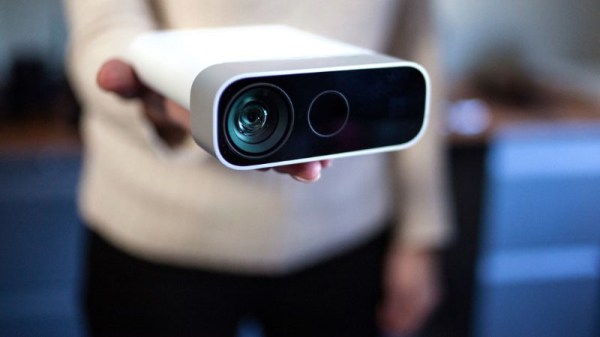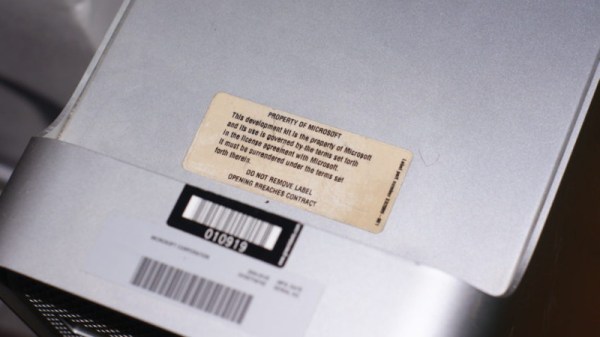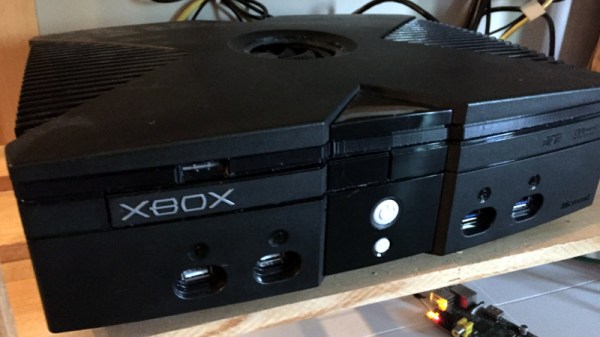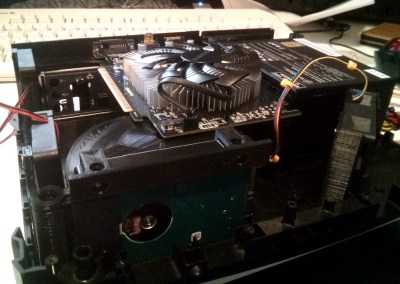Microsoft has released the code for the Calculator app. This move is the latest in Microsoft’s efforts to capitalize on the Open Source community. Previous efforts have been the Open Sourcing of an extremely old version of DOS, and shoehorning Linux into Windows somehow in a way that’s marginally more user-friendly than spinning up a VM or popping over to your Linux partition. Oh yeah, Microsoft bought Github. Can’t forget that.
The release of the code for the Calculator app means now you too can truly verify all your calculations are correct. To build the Calculator app, you’ll need a Windows 10 computer and Visual Studio. You might think that this is the same code that’s been shipping for 30 years — it’s a simple calculator, right? Not so: the Calculator for Windows 8 had a strange and odd bug where the square root of 4, minus two, did not equal zero. Floating point is hard, kids.
Of special interest to the community, it’s now possible to disable telemetry sent from the Calculator app to Microsoft servers. Yes, the Calculator app knows you forgot how to divide, and wow man, six times nine, you needed help with that? Fortunately, telemetry can be disabled in developer’s builds by disabling the SEND_TELEMETRY build flag. Now Microsoft won’t know you don’t do math so good.
At the time of this writing, we could not be bothered to contact Microsoft to find out when the pinball game or Ski Free will be updated and Open Sourced.




















